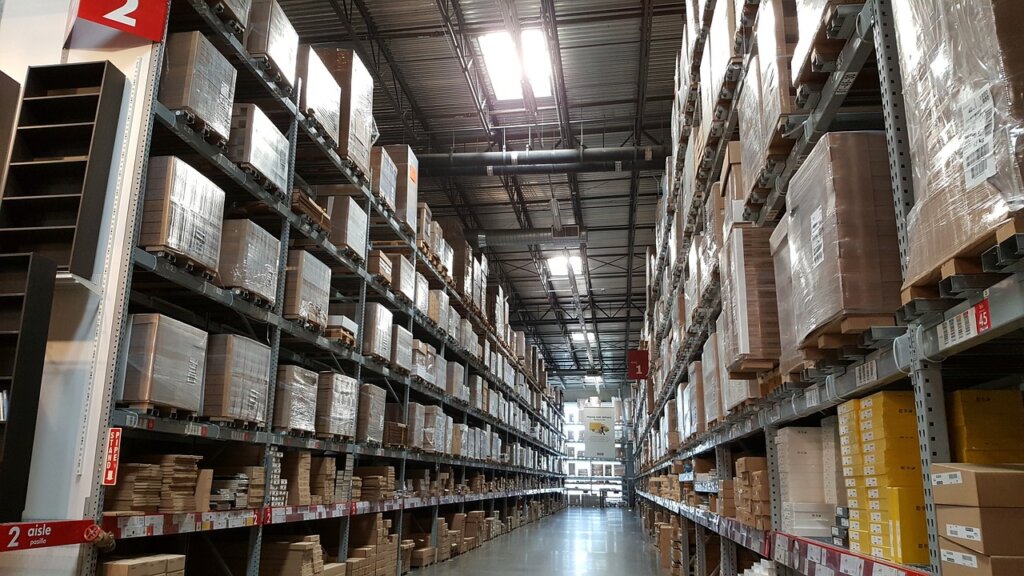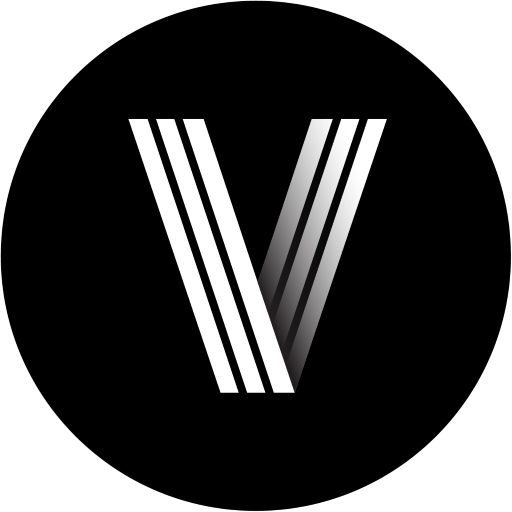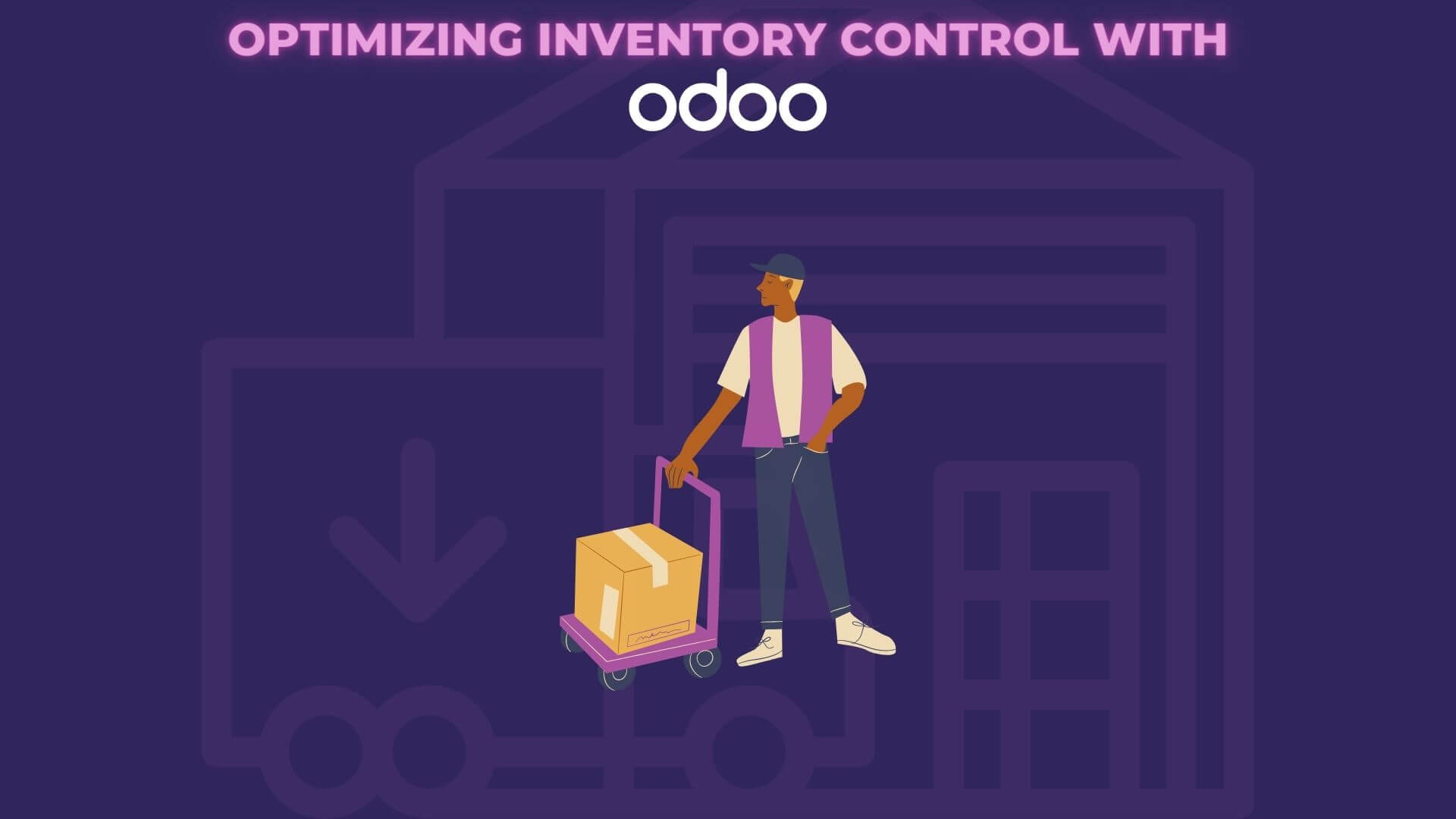What is Inventory Forecasting?
When considering an ERP system (such as Odoo) for your business, inventory forecasting is a cornerstone feature that deserves your attention. It’s particularly critical when your business has significant inventory tracking needs.
Forecasting and inventory management processes also go far beyond simply estimating when it’s time to reorder. They’re actually intricate business functions designed to predict the correct quantity to order, as well as the exact timing of when you will need it.
A strong inventory forecasting system can provide invaluable insight for future inventory needs. It should have the power to leverage your business’s historical sales data, supplier delivery times, and patterns in customer demand to help drive your business forward. Being strategic like this helps prevent both overstocking and “stockouts”, which can dramatically affect your business’s profitability.
Try Ventor: Odoo barcode app for your inventory
Inventory Forecasting vs. Replenishment
Inventory forecasting and replenishment are two different sides of the same coin. Each plays a crucial role in optimizing inventory levels. When considering an ERP system with great inventory forecasting features, it’s vital to understand the differences between forecasting and replenishment:
- Inventory replenishment operates on a reactive basis. It responds to what has already happened by replacing sold or utilized stock. This feature exists in Odoo.
- Inventory forecasting, on the other hand, is a proactive process. It leverages various data points and anticipates future demand. This allows businesses to manage stock levels and inventory costs effectively. This feature doesn’t exist in Odoo by default.
While Odoo ERP doesn’t currently feature built-in inventory forecasting tools, here at VentorTech we have the expertise to build comprehensive stock management solutions that make it possible.
Related article: Create purchase orders using only a barcode scanner
Key Takeaways
Inventory forecasting is more than just a nice-to-have feature. It’s one of the vital cogs in the machinery of any successful business selling and working with tangible goods. It serves as a protective shield against stockouts and overstocking, helping to optimize operational costs.

With it, you can manage customer satisfaction by ensuring your products are available for purchase. When used effectively, it’s also a robust support system for strategic planning. It’s demand for accuracy might seem complicated, but that’s where VentorTech’s Odoo expertise can help simplify the task. By helping our clients build intuitive and robust forecasting tools, we make the inventory planning process more accessible, efficient, and business-friendly.
Inventory Forecasting Explained
Inventory forecasting isn’t just about counting stock. It’s a deep dive into the things that influence future stock needs. From tracking sales trends to identifying seasonal fluctuations and understanding market dynamics, inventory forecasting enables a business to prepare for different scenarios, considering factors like:
- lead time
- sales cycles, and:
- external influences like market trends or promotions
Our team understands these principles, and we have worked with solutions like Odoo ERP to build powerful inventory solutions. This enables clients to effectively plan their inventory procurement and storage processes.
Useful App - Odoo direct print PRO
How Does Inventory Forecasting Work?
Following best practices for forecasting begins with the crucial step of data gathering. This is usually followed by an in-depth analysis using specific forecasting methods. Depending on your business needs and depth of data required, these methods could include trend forecasting, graphical forecasting, qualitative forecasting, or quantitative forecasting.
Setting clear boundaries is also a critical element to good inventory forecasting and management. Boundaries help support decision-making about when and how much stock to order. This helps prevent overstocking and understocking situations.
Related success story: Odoo inventory optimization for a Baltics packaging supplies retailer
Types of Inventory Forecasting Models
Because every business is unique, just like yours, inventory forecasting is not a one-size-fits-all process. For this reason, different methods and inventory forecasting models exist. Each is based on the depth and type of data analysis needed. Here are some common forecasting models:
- Trend forecasting makes use of past sales trends to predict future demand.
- Graphical forecasting visually plots past sales data to help identify emerging trends and patterns.
- Qualitative forecasting taps into expert opinions or market research to anticipate future demand, while:
- Quantitative forecasting employs complex statistical models to forecast demand.
Understanding when, and why to use each is critical to effective forecasting.
Our Odoo development services
Choosing the Right Forecasting Method
Choosing the right forecasting method is crucial, yet it largely depends on the nature of your business, data availability, and your specific needs. For example, businesses with extensive historical sales data might find trend forecasting or quantitative forecasting effective.
On the other hand, startups or companies in fast-changing markets might benefit from qualitative forecasting. Our team understands each of these different methods, allowing us to offer clients an array of custom-built Odoo tools to support their inventory forecasting requirements.
Related article: How to customize Odoo and not break it
Benefits of Inventory Forecasting
Inventory forecasting has several significant benefits, and primarily it equips businesses with strategic, clear, and actionable insights. For example:
- Forecasting in inventory management helps align broader business objectives
- It offers backend improvements, like streamlined warehouse operations and minimized holding costs
- With efficient inventory demand planning, businesses can also enhance customer and supplier satisfaction
- Generates substantial cost savings, and:
- Boosts overall operational efficiency
We help companies implement robust forecasting capabilities in Odoo so that they integrate seamlessly with other business functions. Doing this serves to amplify the benefits of leveraging inventory forecasting.

Steps to Succeed at Inventory Forecasting
Achieving success in inventory planning and forecasting requires a combination of:
- Having accurate, reliable data
- Utilizing an appropriate forecasting method, and:
- Conducting regular reviews of stock and data to adjust forecasts as needed
Setting clear forecasting boundaries can significantly improve outcomes for businesses. The tools that VentorTech can integrate into a system like Odoo ERP make it a powerful platform for companies to manage their business efficiently. Implementing custom-tailored forecasting tools and automated processes can help reduce manual errors, enhance your efficiency, and ensure timely and accurate forecasts.
Check out our 3rd party Odoo apps
Glossary – Inventory Forecasting Terms
Understanding inventory forecasting means being familiar with a few key terms:
- Re-order Point in inventory management refers to the predetermined level of stock at which a new order should be placed to replenish inventory and prevent stockouts.
- Re-order Point Formula: The re-order point formula calculates the inventory level at which a new order should be placed: Re-order Point = Lead Time Demand + Safety Stock.
- Optimal Lead Time Re-order Point: Calculate lead time demand, determine your safety stock, and use the re-order point formula above.
- Stockouts: The term stockout often describes circumstances where inventory is insufficient to meet customer demand for a specific product.
- Safety stock: the quantity of an item held in inventory as a buffer. It can help guard against stockouts or unpredictable/unexpected demand and helps keep operations running smoothly.
- Lead Time Demand: The anticipated product sales during the time it takes to restock it.
Inventory Forecasting Formulas
Effective inventory forecasting relies on using various formulas, from simple to complex. We leverage formulas like these so that our clients can have the most precise inventory forecasts possible.
- Economic Order Quantity – this formula minimizes costs by determining the optimal order quantity for inventory management:
√((2 * Annual Demand * Ordering Cost) / Holding Cost per Unit)
- Re-order Point Formula – helps determines the inventory level for placing a new order to prevent stockouts, and ensure a smooth supply chain.
Reorder Point = Lead Time Demand + Safety Stock
- Average Inventory – Helps analyze inventory turnover and optimize stock levels.
Average Inventory = (Beginning Inventory + Ending Inventory) / 2
- Inventory Turnover – The inventory turnover formula measures how efficiently a company sells and replenishes its inventory. It provides insights into inventory management efficiency and turnover frequency.
Inventory Turnover = Cost of Goods Sold / Average Inventory
- Lead Time – Calculates the duration between order placement and item delivery. This is crucial for estimating inventory replenishment, and improving procurement and stock management.
Lead Time = Time of Order Delivery – Time of Order Placement
- Safety Stock Formula – The safety stock formula helps businesses determine the additional inventory needed to mitigate the risk of stockouts during uncertain demand or lead time periods.
Safety Stock = (Z * σ * LT) + BS

Setting Forecasting Boundaries
As mentioned earlier, setting clear boundaries in forecasting is crucial for accurate predictions in inventory management. Not having clear boundaries can impact everything – including, of course, your inventory levels. Done ineffective, this can result in having too little or too much product. Lack of boundaries can also impact a company’s cash flow, and result in an inefficient supply chain. This makes planning unnecessarily difficult. Our teams of engineers understand this, and build systems that help clients set and adjust boundaries around things like:
- Specific time periods
- Sales regions, or:
- Product categories, which allow businesses to tailor forecasts to their specific needs
Conclusion
Robust inventory forecasting supports critical business processes and helps to drive the overall success of a company.
While Odoo ERP doesn’t include out-of-the-box inventory forecasting, VentorTech’s extensive experience with it bridges this gap. With our in-depth knowledge of inventory management, we custom-tailor robust forecasting solutions for our clients.
Ready to upgrade your inventory management system, and optimize your business?
Feel free to ask your questions in the comments section below, share this article across your network, and subscribe to our newsletter.
Recommended articles:
- How to build picking routes in your warehouse for walking minimization
- How to create a warehouse map and upload it to Odoo
- Ways to Overcome Logistic Problems with Odoo
- ERP Mistakes and How to Avoid Them
----------------------------------------------------------------------
Education: Bachelor's degree.
----------------------------------------------------------------------
Experience:
Marketing manager
VentorTech
Digital marketer
ElateSoftware
Marketer
Interhash Trade
Community Manager, Digital Marketer
Cryptocode
----------------------------------------------------------------------
Current position: Marketing manager VentorTech
----------------------------------------------------------------------
B2B Social Media Marketing
Google AdWords - advertising
Google
Google Tag Manager and GA
Launch and promotion of a YouTube channel
YouTube for business and personal brand
Video Production






0 Comments